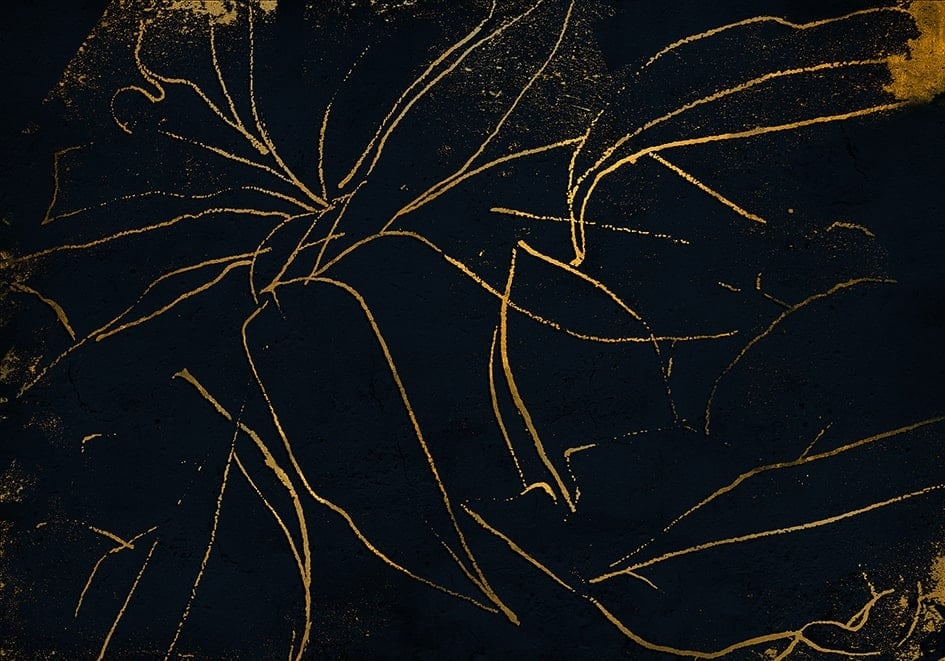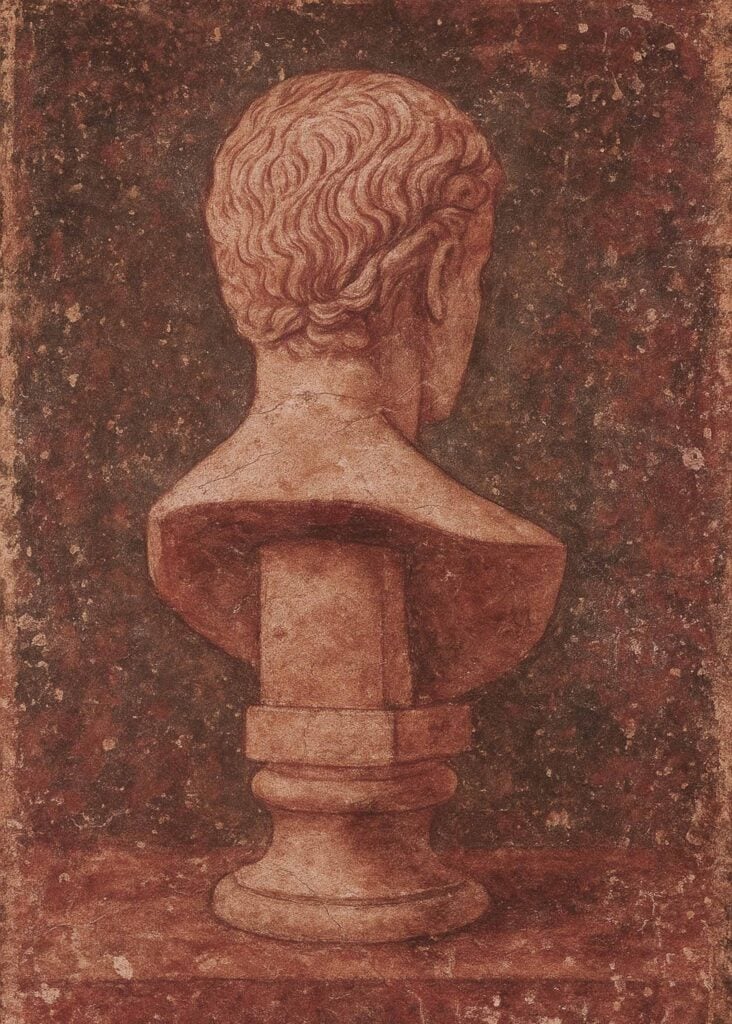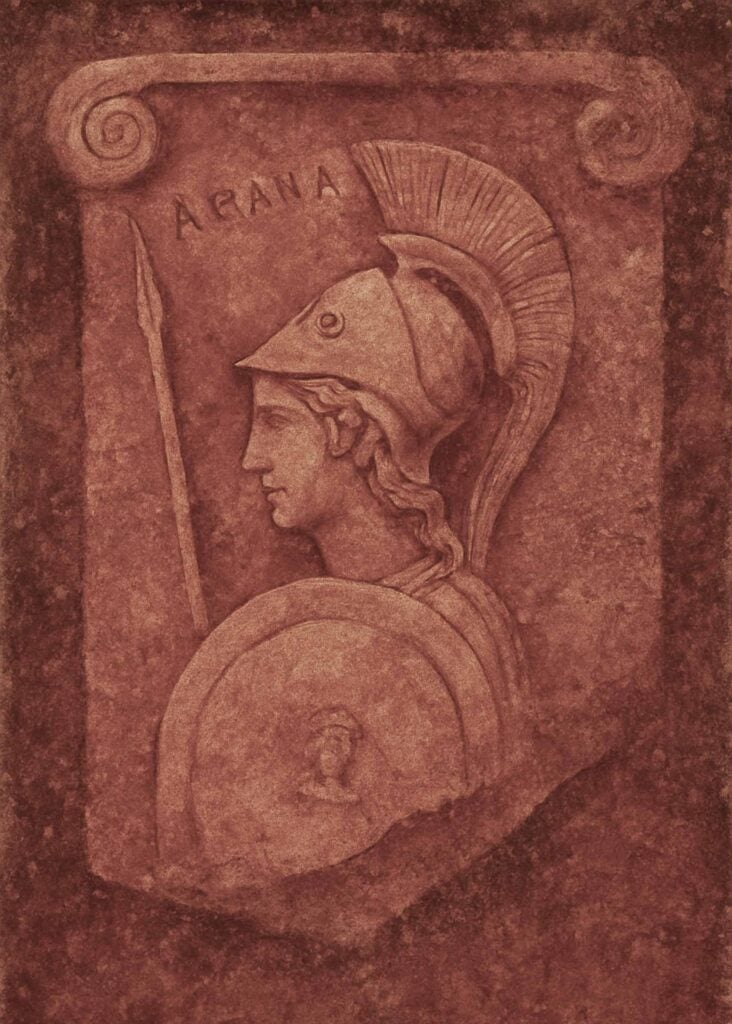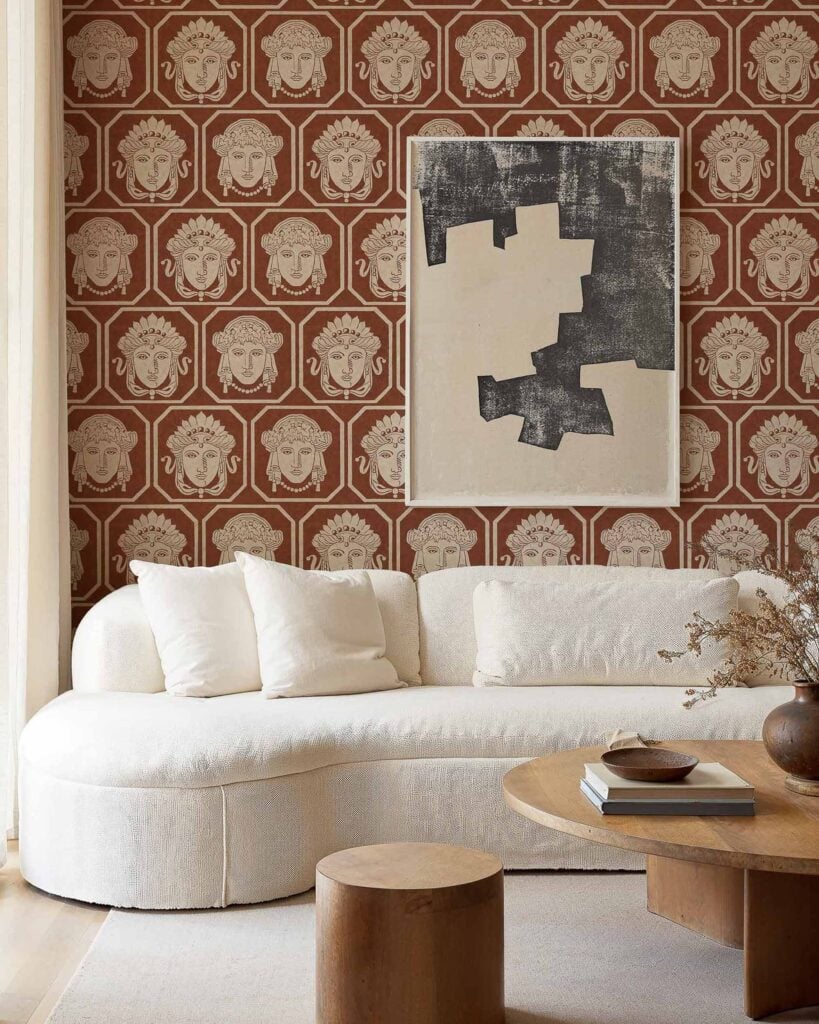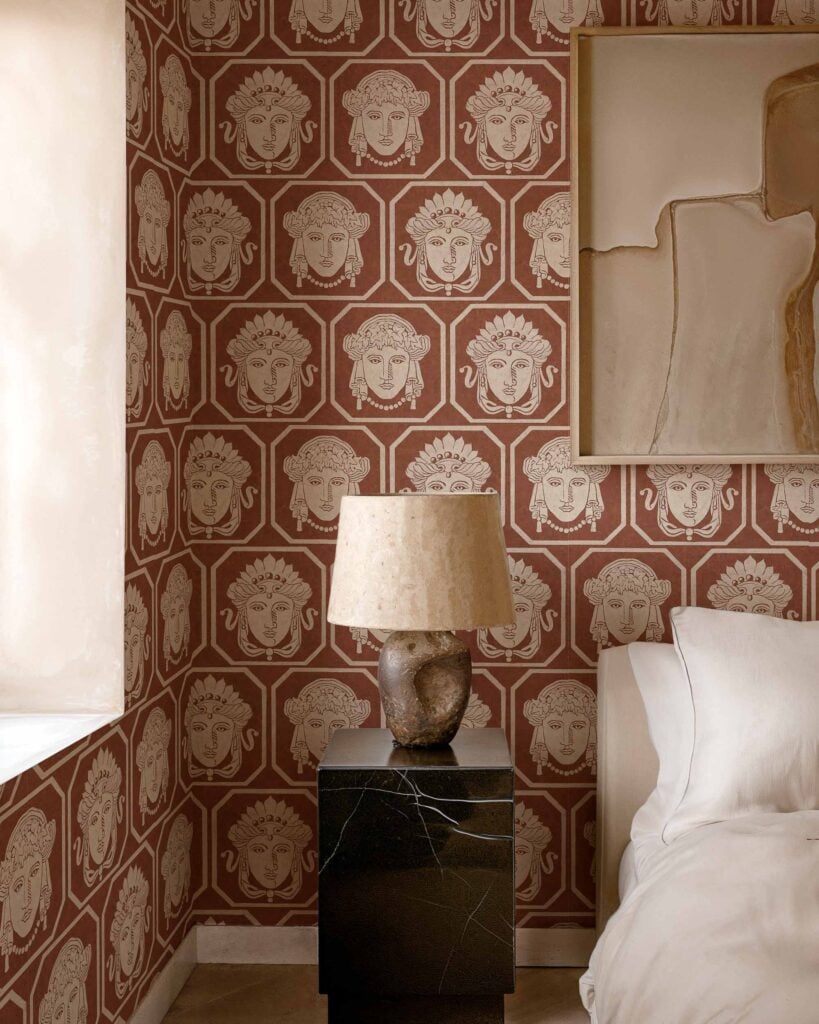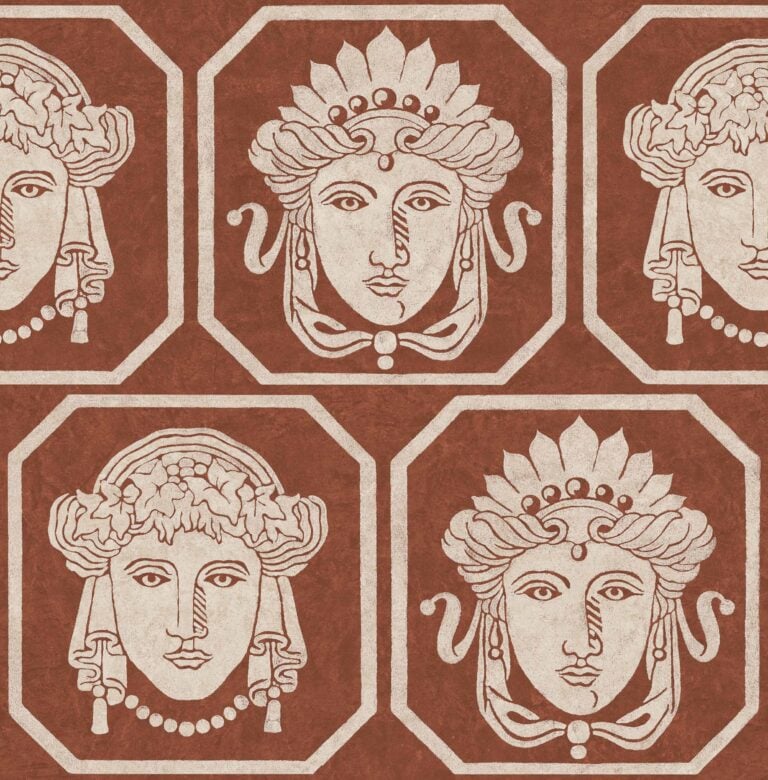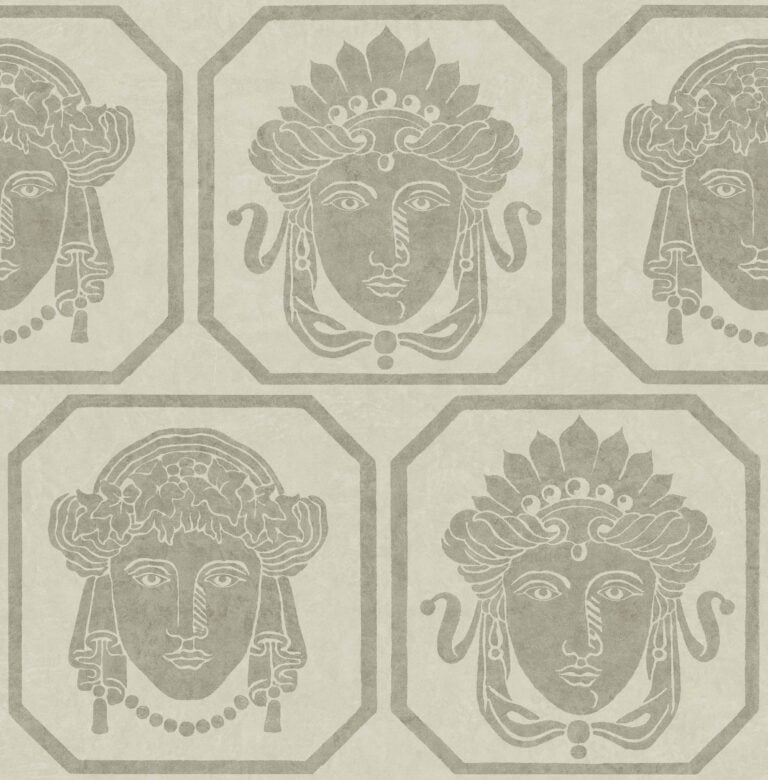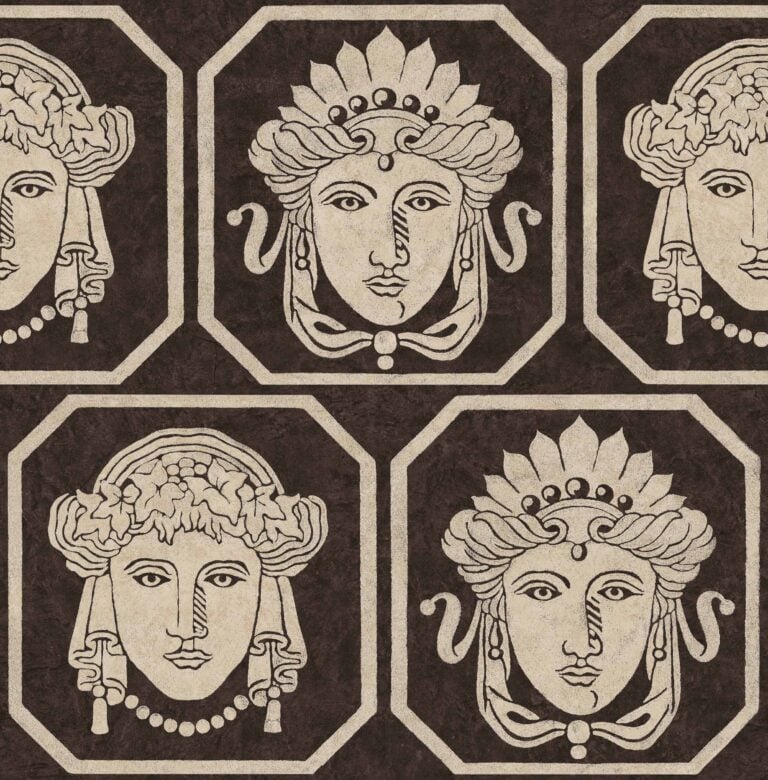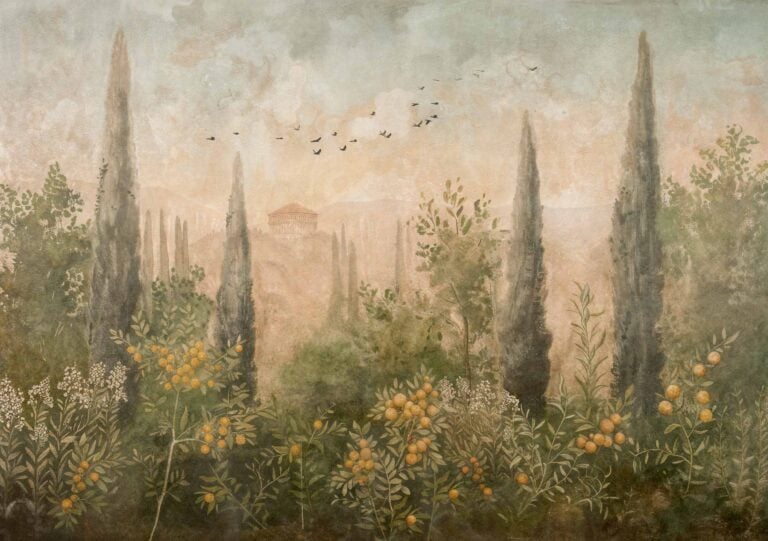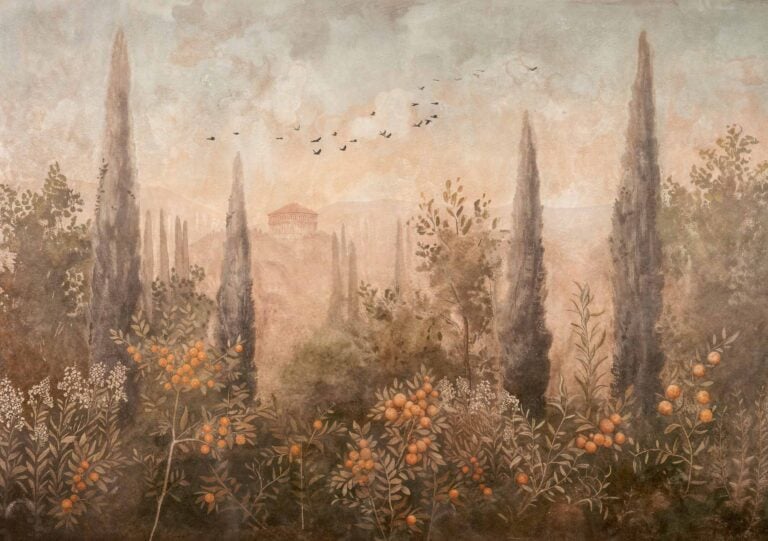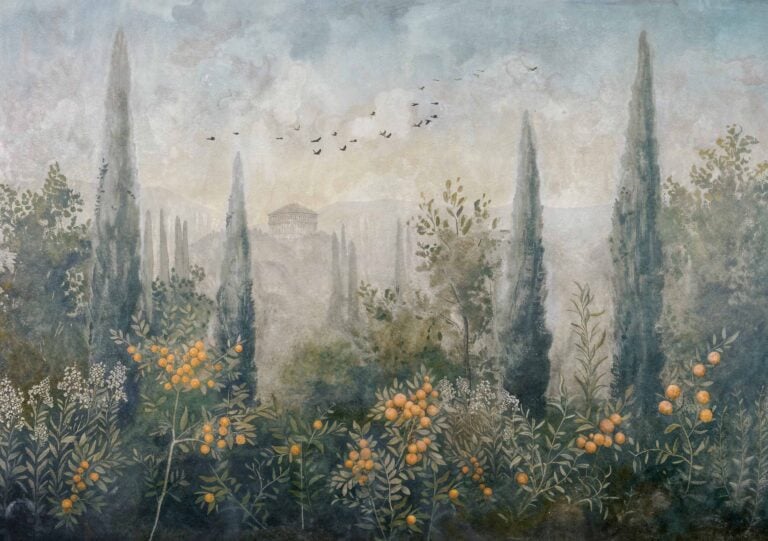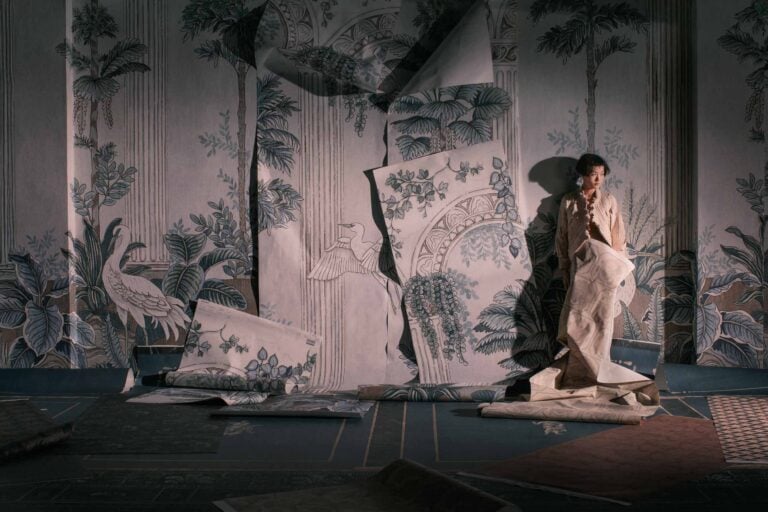- 3D Decibel
- 40th Anniversary
- Anima
- Aracne
- Artisan by Bodo Sperlein
- Berber
- Botanika
- Brazil
- Central Saint Martins – Rest Time
- Coco Dávez Colortherapills
- Cotswolds, Ybarra & Serret for Coordonné
- Essentia 150/50
- Feria
- Forbidden City
- Geo
- Iconics
- Ikart
- Indiano, Ybarra & Serret for Coordonné
- Instant
- Lattice
- Lur
- Maasai, Ybarra & Serret for Coordonné
- Mallorca
- Maximalism
- Metamorphosis
- Naturae
- Olivar
- Palacio de Cristal, Ybarra & Serret for Coordonné
- Palette
- Petra, Ybarra & Serret for Coordonné
- Piece Unique
- Pompei
- Raffias+
- Random Archist
- Random Chinoiseries
- Random Chinoiseries II
- Random Kids
- Random Metallics
- Random Metallics II
- Random Papers
- Random Papers II
- Sarape
- Shibori
- Stripes & Checks
- Tactus
- Tartan
- Tiles
- Toscana, Ybarra & Serret for Coordonné
- Victorian
- Wander
- Woodcraft
- Agra
- Alpujarra
- Arran Fabrics
- Artisan Fabrics by Bodo Sperlein
- Azores
- Bargello
- Berber I
- Berber II
- Bolero
- Bond
- Cádiz
- Coco
- Contract Fabrics
- Cotswolds fabrics
- Cottone
- Creta
- El Mercader II
- Exotic
- Fábula
- Forbidden City Fabrics
- Fragance Fabrics
- Frida
- Hilton
- Iceland
- Ikart Outdoor
- Ikart Outdoor II
- Indiano, Ybarra & Serret for Coordonné
- Indonesia
- Jaima
- Le Jardin
- Maasai, Ybarra & Serret for Coordonné
- Malmö Fabrics
- Mid Century
- Nikko
- Oasis
- Olivar Fabrics
- Oslo
- Palacio de Cristal Fabrics
- Petra Fabrics
- Piccadilly
- Rumba
- Sarape Fabrics
- Shibori Outdoor
- Toscana Fabrics
- Tribes
- Trinidad
- Venezia
- Verdure 16th fabrics
- Victorian Fabrics





